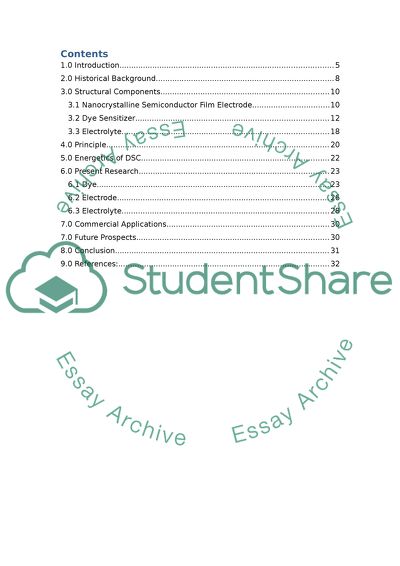Cite this document
(“Dye-Sentitised Solar Cells Essay Example | Topics and Well Written Essays - 2000 words”, n.d.)
Retrieved from https://studentshare.org/environmental-studies/1407524-dye-sentitised-solar-cells
Retrieved from https://studentshare.org/environmental-studies/1407524-dye-sentitised-solar-cells
(Dye-Sentitised Solar Cells Essay Example | Topics and Well Written Essays - 2000 Words)
https://studentshare.org/environmental-studies/1407524-dye-sentitised-solar-cells.
https://studentshare.org/environmental-studies/1407524-dye-sentitised-solar-cells.
“Dye-Sentitised Solar Cells Essay Example | Topics and Well Written Essays - 2000 Words”, n.d. https://studentshare.org/environmental-studies/1407524-dye-sentitised-solar-cells.


